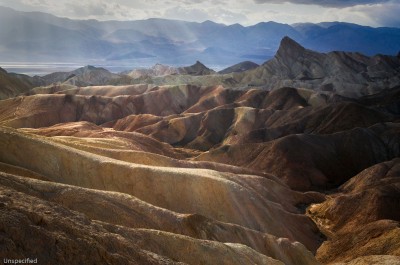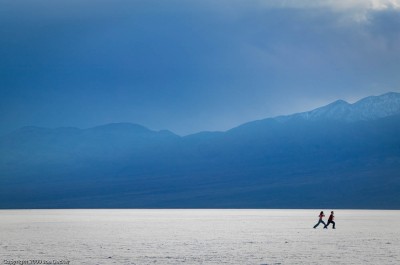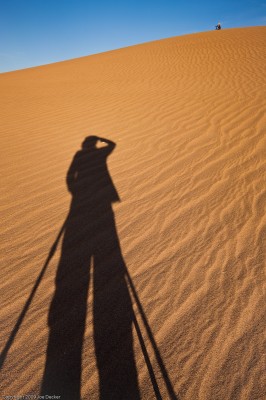Introduction to Death Valley: Part 3, “And the rest…”
In this last installment of my introduction to Death Valley, I’ll touch on a few more locations for first-time visitors to Death Valley.
(If you haven’t seen them yet, check out part one and part two.)
Zabriskie Point
One of the classic photographic locations of Death Valley is Zabriskie Point, located just up the road from Furnace Creek. Erosion has carved up these layered, multicolored hills into strangely folded patterns. The main viewpoint overlooks this folded landscape and marks the beginning of trails which descend down into it. I’ve most often photographed Zabriskie in the early morning, the area does not get first light until a half-hour or more after nominal sunrise, but there are things to shoot here all day. (more…)


